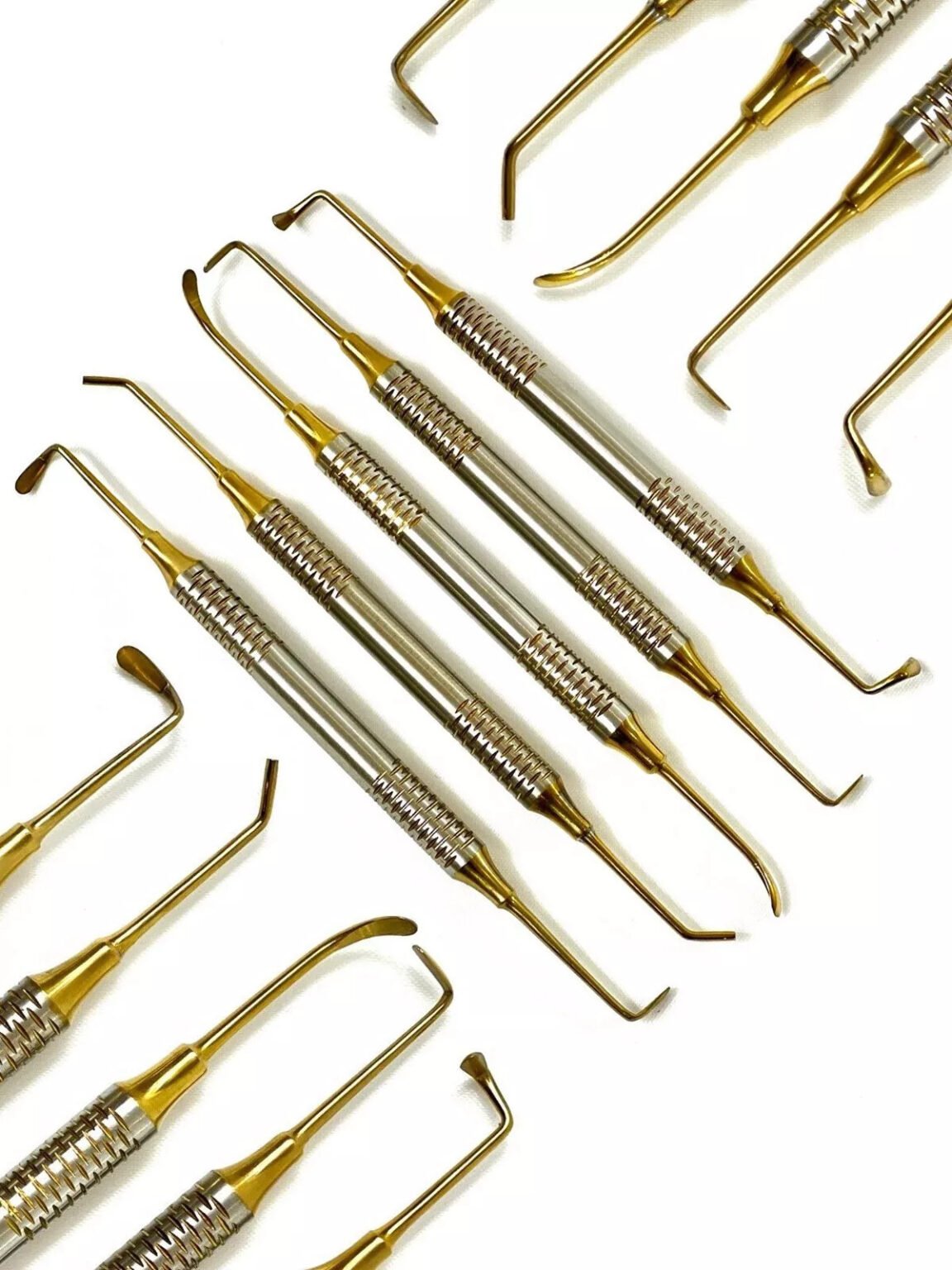Understanding the Sinus Lift Procedure: When and Why It’s Needed
Introduction: What Is a Sinus Lift?
A sinus lift is a specialized surgical procedure commonly performed in preparation for dental implants. When the upper jaw lacks sufficient bone height—especially near the molars and premolars—a sinus lift becomes essential to ensure a stable foundation for implants. This procedure involves elevating the sinus membrane and placing bone graft material in the maxillary sinus area to increase bone volume. It’s a critical step in many implantoazlogy dental treatments, especially for patients who have experienced bone loss due to gum disease, tooth loss, or natural anatomical limitations.
The Role of Dental Elevators in Sinus Lift and Implant Surgery
Precision Tools for Effective Surgery
During a sinus lift, dental elevators play a pivotal role. These instruments are used to gently lift the sinus membrane, making room for bone grafting material. Their curved and narrow design allows for precision and safety when navigating the delicate sinus area. Additionally, dental elevators are instrumental in performing atraumatic extractions, preserving bone structure for better implant outcomes.
Dental professionals rely on various types of elevators—such as periosteal elevators and sinus lift elevators—to create a clear surgical field and minimize trauma during the lift. By maintaining the integrity of the surrounding bone and soft tissues, these tools significantly increase the success rate of both the sinus lift and subsequent implant placement.
When Is a Sinus Lift Needed?
A sinus lift is often necessary under the following conditions:
1. Bone Loss in the Upper Jaw
When teeth have been missing for a long time, the bone naturally resorbs, leading to insufficient height and density for implant placement.
2. Natural Anatomy of the Sinus
Some individuals naturally have large sinuses or thinner bone structure in the upper jaw, which limits the available space for implant placement.
3. Trauma or Infection
Previous infections, surgeries, or facial trauma may result in bone deterioration, requiring augmentation via sinus lift.
Procedure Overview: How a Sinus Lift Works
Step-by-Step Breakdown
- Initial Examination and Imaging
Cone-beam CT scans are used to assess bone height and sinus anatomy. - Surgical Access
A small incision is made in the gum tissue, and a window is created in the bone to access the sinus membrane. - Membrane Elevation
Using dental elevators, the sinus membrane is carefully lifted without tearing. - Bone Grafting
Bone graft material is inserted into the newly created space beneath the membrane. - Healing Period
The area is allowed to heal for 4–9 months, during which the graft integrates with natural bone. - Implant Placement
Once healing is complete and sufficient bone volume is achieved, dental implants are placed.
Composite Filling Instruments in Post-Implant Restorations
After successful sinus lift and implant placement, dental composite filling instruments are often used to restore function and aesthetics. These tools are essential in crafting precise, durable, and natural-looking restorations over implants.
Types of Composite Filling Instruments
1. Plastic Composite Instruments
These tools are designed with non-stick surfaces to handle composite material without pulling or dragging, making them ideal for layering and shaping.
2. Condensers and Pluggers
Used to compress composite material into cavities or onto abutments, ensuring long-lasting and tight restorations.
3. Carvers
Carvers help mimic the natural anatomy of teeth by refining cusps, ridges, and grooves in the composite material.
4. Burnishers
Essential for smoothing the surface of the restoration and enhancing the polish, ensuring it blends seamlessly with natural enamel.
Why Dental Filling Tools Matter in Implantology Dental
High-quality dental filling tools directly influence the outcome of implant-supported restorations. Precision instruments allow clinicians to sculpt, layer, and polish composite materials effectively, ensuring optimal function and esthetics. Whether restoring a single tooth or multiple units, these tools are crucial in modern implantology dental procedures.
Best Practices for a Successful Sinus Lift and Restoration
1. Accurate Diagnosis
Comprehensive imaging and examination are vital for planning a successful sinus lift and ensuring the availability of sufficient bone.
2. Gentle Handling with Dental Elevators
Use the appropriate elevators for the task to avoid trauma to the sinus membrane and adjacent structures.
3. Quality Filling Instruments for Restoration
Invest in premium dental composite filling instruments to ensure long-lasting, natural-looking outcomes for post-implant restorations.
4. Follow-Up Care
Consistent follow-ups and proper oral hygiene are essential to maintain the longevity of the implant and the integrity of the bone graft.
Conclusion: Enhancing Care for the Luxating Tooth and Beyond
The sinus lift procedure is an integral part of advanced dental implantology, allowing clinicians to restore smiles where bone loss once posed a barrier. The use of precision tools—especially dental elevators—ensures the success of both the sinus lift and the implant placement that follows. Additionally, dental filling tools and composite instruments complete the restorative phase, bringing back function and aesthetics.
Whether treating a missing tooth or managing a luxating tooth, the combination of clinical skill and the right instruments leads to outstanding outcomes. As dental technologies evolve, the timeless value of tools like dental elevators remains essential in achieving patient satisfaction and long-term success.
Focus Keywords:
sinus lift, dental elevators, composite filling instruments, dental composite filling instruments, dental filling tools, dental composite, implantology dental, luxating tooth

